PencilMaterial
The PencilMaterial node is used to create materials that produce a hand-drawn or cel look.
Highlight¶
Handles the specular reflection settings. Use these settings to create highlights such as those in hand-drawn art.
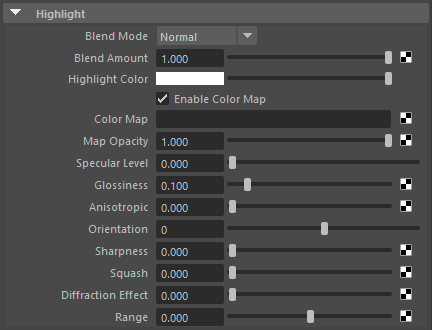
Blend Mode¶
Select how to blend the specular reflection light.
Blend Amount¶
Adjusts the intensity of the blending. A low value will produce transparent highlights.
 |
 |
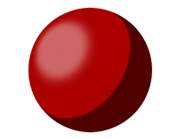 |
 |
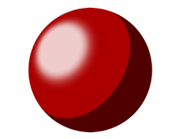 |
 |
|---|---|---|---|---|---|
| Blend Amount: 0.0 Specular Level: 1 Glossiness: 0 |
Blend Amount: 0.2 Specular Level: 1 Glossiness: 0 |
Blend Amount: 0.4 Specular Level: 1 Glossiness: 0 |
Blend Amount: 0.6 Specular Level: 1 Glossiness: 0 |
Blend Amount: 0.8 Specular Level: 1 Glossiness: 0 |
Blend Amount: 1.0 Specular Level: 1 Glossiness: 0 |
Highlight Color¶
Select the color of the specular reflection light.
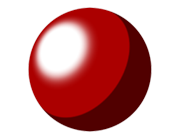 |
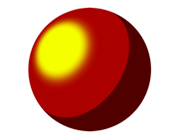 |
 |
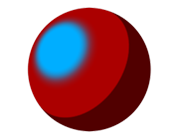 |
 |
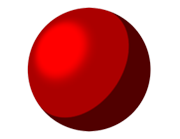 |
|---|---|---|---|---|---|
| Using white | Using yellow | Using green | Using blue | Using purple | Using red |
Enable Color Map¶
Enable / disable the use of the color map.
Color Map¶
Select a map for the specular reflection.
Map Opacity¶
Adjust the opacity of the map. A low value will make the map transparent.
 |
 |
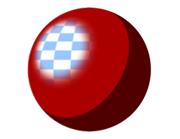 |
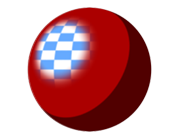 |
 |
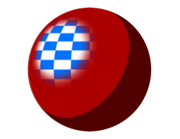 |
|---|---|---|---|---|---|
| Map Opacity: 0.0 (Using a checkered map) |
Map Opacity: 0.2 | Map Opacity: 0.4 | Map Opacity: 0.6 | Map Opacity: 0.8 | Map Opacity: 1.0 |
Specular Level¶
Adjust the intensity of the specular reflection light.
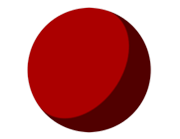 |
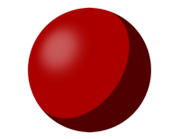 |
 |
 |
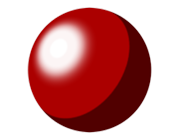 |
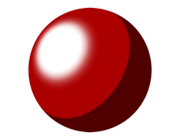 |
|---|---|---|---|---|---|
| Specular Level: 0.0 Glossiness: 0 | Specular Level: 0.2 Glossiness: 0 |
Specular Level: 0.4 Glossiness: 0 |
Specular Level: 0.6 Glossiness: 0 |
Specular Level: 0.8 Glossiness: 0 |
Specular Level: 1.0 Glossiness: 0 |
Glossiness¶
Adjust the spread of the specular reflection.
 |
 |
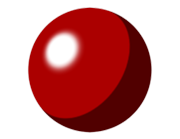 |
 |
 |
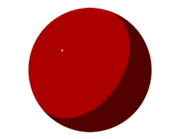 |
|---|---|---|---|---|---|
| Specular Level: 1 Glossiness: 0.0 |
Specular Level: 1 Glossiness: 0.2 |
Specular Level: 1 Glossiness: 0.4 |
Specular Level: 1 Glossiness: 0.6 |
Specular Level: 1 Glossiness: 0.8 |
Specular Level: 1 Glossiness: 1.0 |
Anisotropic¶
Set the thickness of the polish, influencing the size of the specular reflection.
 |
 |
 |
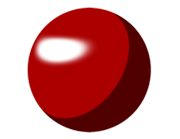 |
 |
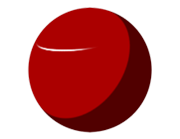 |
|---|---|---|---|---|---|
| Specular Level: 1 Glossiness: 0 Anisotropic : 0.0 |
Specular Level: 1 Glossiness: 0 Anisotropic : 0.2 |
Specular Level: 1 Glossiness: 0 Anisotropic : 0.4 |
Specular Level: 1 Glossiness: 0 Anisotropic : 0.6 |
Specular Level: 1 Glossiness: 0 Anisotropic : 0.8 |
Specular Level: 1 Glossiness: 0 Anisotropic : 1.0 |
Orientation¶
Specify the direction of the anisotropic reflection.
 |
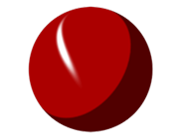 |
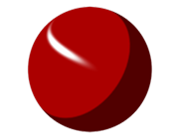 |
 |
 |
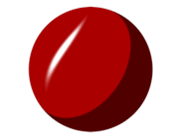 |
Specular Level : 1 Glossiness : 0 Anisotropic : 0.9 Orientation: 0 |
Specular Level : 1 Glossiness : 0 Anisotropic : 0.9 Orientation: 30 |
Specular Level : 1 Glossiness : 0 Anisotropic : 0.9 Orientation: 60 |
Specular Level : 1 Glossiness : 0 Anisotropic : 0.9 Orientation: 90 |
Specular Level : 1 Glossiness : 0 Anisotropic : 0.9 Orientation: 120 |
Specular Level : 1 Glossiness : 0 Anisotropic : 0.9 Orientation: 150 |
|---|
Sharpness¶
Adjust the sharpness of the glossiness spread.
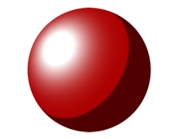 |
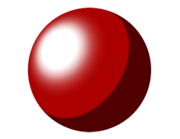 |
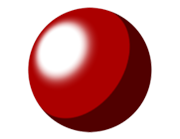 |
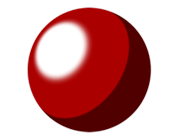 |
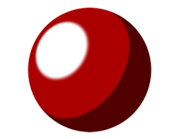 |
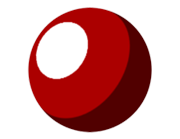 |
|---|---|---|---|---|---|
| Specular Level : 1 Glossiness : 0 Sharpness: 0.0 |
Specular Level : 1 Glossiness : 0 Sharpness: 0.2 |
Specular Level : 1 Glossiness : 0 Sharpness: 0.4 |
Specular Level : 1 Glossiness : 0 Sharpness: 0.6 |
Specular Level : 1 Glossiness : 0 Sharpness: 0.8 |
Specular Level : 1 Glossiness : 0 Sharpness: 1.0 |
Squash¶
Adjust how strongly the shape of the object influences the specular reflection.
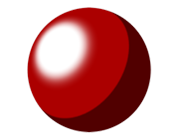 |
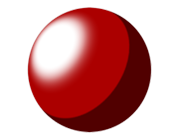 |
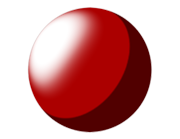 |
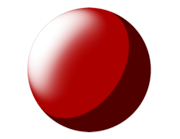 |
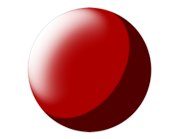 |
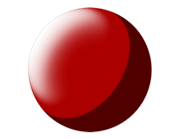 |
|---|---|---|---|---|---|
| Specular Level : 1 Glossiness : 0 Squash: 0.0 |
Specular Level : 1 Glossiness : 0 Squash: 0.2 |
Specular Level : 1 Glossiness : 0 Squash: 0.4 |
Specular Level : 1 Glossiness : 0 Squash: 0.6 |
Specular Level : 1 Glossiness : 0 Squash: 0.8 |
Specular Level : 1 Glossiness : 0 Squash: 1.0 |
Diffraction Effect¶
Adjust how much highlights wrap around the shape of the geometry.
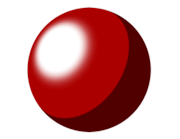 |
 |
 |
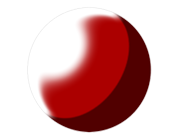 |
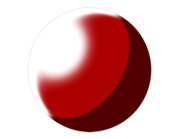 |
 |
Specular Level : 1 Glossiness : 0 Diffraction Effect: 0.0 |
Specular Level : 1 Glossiness : 0 Diffraction Effect: 0.2 |
Specular Level : 1 Glossiness : 0 Diffraction Effect: 0.4 |
Specular Level : 1 Glossiness : 0 Diffraction Effect: 0.6 |
Specular Level : 1 Glossiness : 0 Diffraction Effect: 0.8 |
Specular Level : 1 Glossiness : 0 Diffraction Effect: 1.0 |
|---|
Range¶
Adjust the range of the diffraction effect.
 |
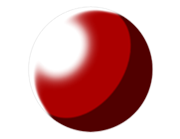 |
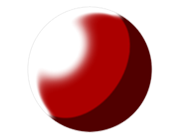 |
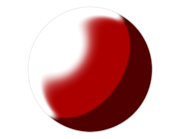 |
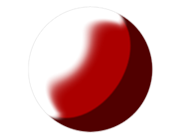 |
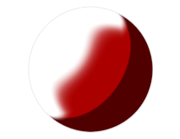 |
|---|---|---|---|---|---|
| Specular Level : 1 Glossiness : 0 Diffraction Effect: 0.0 Range: -0.3 |
Specular Level : 1 Glossiness : 0 Diffraction Effect: 0.2 Range: -0.2 |
Specular Level : 1 Glossiness : 0 Diffraction Effect: 0.4 Range: -0.1 |
Specular Level : 1 Glossiness : 0 Diffraction Effect: 0.6 Range: 0.0 |
Specular Level : 1 Glossiness : 0 Diffraction Effect: 0.8 Range: 0.1 |
Specular Level : 1 Glossiness : 0 Diffraction Effect: 1.0 Range: 0.2 |
Bump¶
Use an image as a bump map to create a pseudo-roughness effect.

Enable¶
Enable / disable the bump effect.
Bump Map¶
Select a bump map.
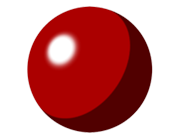 |
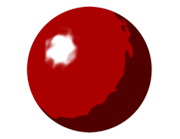 |
 |
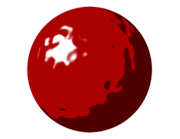 |
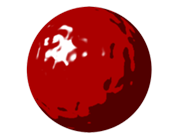 |
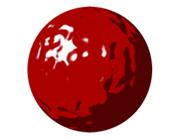 |
|---|---|---|---|---|---|
| Bump Depth: 0.0 Disable for Highlight: Off (Using a noise map for the bump map) |
Bump Depth: 0.02 Disable for Highlight: Off |
Bump Depth: 0.04 Disable for Highlight: Off |
Bump Depth: 0.06 Disable for Highlight: Off |
Bump Depth: 0.08 Disable for Highlight: Off |
Bump Depth: 0.1 Disable for Highlight: Off |
Disable for Highlight¶
Enable / disable the effect of the bump map on the highlight.
 |
 |
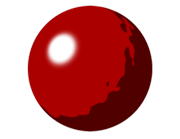 |
 |
 |
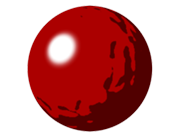 |
|---|---|---|---|---|---|
| Bump Depth: 0.0 Disable for Highlight: On (Using a noise map for the bump map) |
Bump Depth: 0.02 Disable for Highlight: On |
Bump Depth: 0.04 Disable for Highlight: On |
Bump Depth: 0.06 Disable for Highlight: On |
Bump Depth: 0.08 Disable for Highlight: On |
Bump Depth: 0.1 Disable for Highlight: On |
Reflection¶
Use Reflection to create reflections of the surrounding environment, like for metallic surfaces.

Enable¶
Enable / disable the reflection effect.
Amount¶
Adjust the intensity of the reflection effect.
Color¶
Select a color for the reflection. Use a map to create pseudo-reflections using environment mapping.
Turn on [Raytracing] in the Maya Software renderer's [Render Settings] / [Raytracing Quality] to compute realistic reflections.
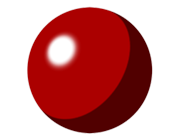 |
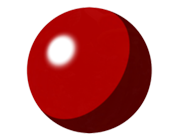 |
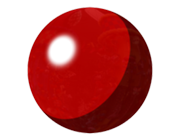 |
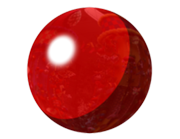 |
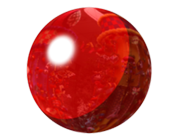 |
 |
|---|---|---|---|---|---|
| Amount: 0 (Using a map for the reflection) |
Amount: 0.2 | Amount: 0.4 | Amount: 0.6 | Amount: 0.8 | Amount: 1.0 |
Transparency¶
Use transparency to create translucent looks.

Amount¶
Set the transparency level.
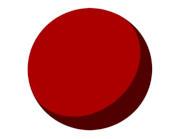 |
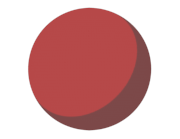 |
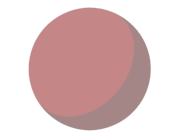 |
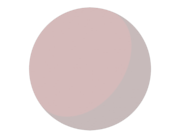 |
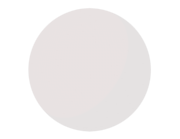 |
 |
|---|---|---|---|---|---|
| Amount: 0.0 | Amount: 0.2 | Amount: 0.4 | Amount: 0.6 | Amount: 0.8 | Amount: 1.0 |
Gradation¶
This section is used to set the material's gradation settings. The areas between colors in PencilMaterial are called [Zones]. Colors and maps are applied to each zone individually.
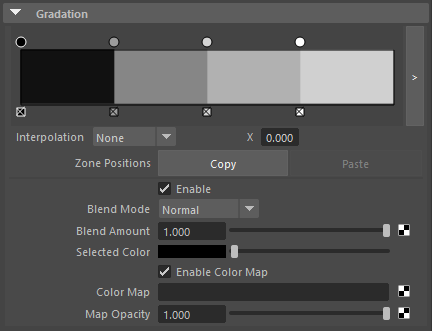
Gradation Bar¶
Gradation colors can be added and deleted with the Gradation Bar.
Its basic operation is the same as for Maya's [Ramp Shader]. Click on the bar to add a zone at that location.
 |
| 4 Zones |
 |
| 7 Zones |
Interpolation¶
Set the type of interpolation. The gradation bar provides an approximation of the interpolation. It can be slightly different from the interpolation used in the rendered image.
 |
| Interpolation: None |
 |
| Interpolation: Linear |
 |
| Interpolation: Smooth |
 |
| Interpolation: Spline |
X¶
Set the horizontal coordinate of the zone.
Copy and Paste¶
Copy / Paste the zone coordinates. Use this to copy the values between materials.
Enable¶
Enable / disable the zone. When disabled, the [Basic Material] is drawn instead.
Blend Mode¶
Select the blend mode for the zone. Used to blend the zone color with the [Basic Material] color.
Blend Amount¶
Adjust the intensity of the blending. Use a low value to make the zone transparent and mix its color with the [Basic Material].
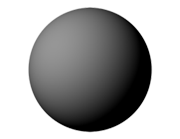 |
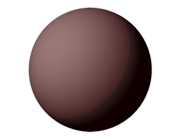 |
 |
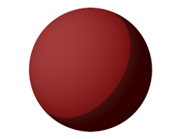 |
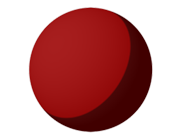 |
 |
|---|---|---|---|---|---|
| Blend Amount: 0.0 | Blend Amount: 0.2 | Blend Amount: 0.4 | Blend Amount: 0.6 | Blend Amount: 0.8 | Blend Amount: 1.0 |
Selected Color¶
Set the zone color.
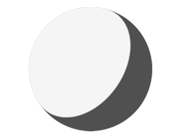 |
 |
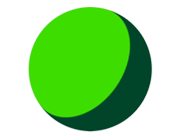 |
 |
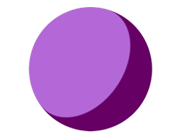 |
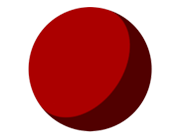 |
|---|---|---|---|---|---|
| Using white | Using yellow | Using green | Using blue | Using purple | Using red |
Enable Color Map¶
Enable / disable the use of the color map.
Color Map¶
Apply a map to the zone color.
Map Opacity¶
Adjust the opacity of the map applied to the Zone. A lower value makes the map more transparent.
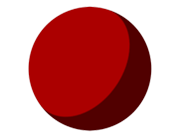 |
 |
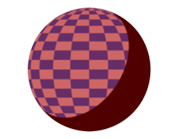 |
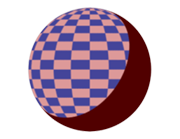 |
 |
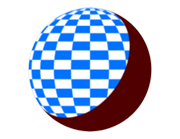 |
|---|---|---|---|---|---|
| Map Opacity : 0.0 (Using a checkered map) |
Map Opacity : 0.2 | Map Opacity : 0.4 | Map Opacity : 0.6 | Map Opacity : 0.8 | Map Opacity : 1.0 |
Gradation Offset Map¶
This section is used to apply a gradation offset map.

Enable¶
Enable / disable the gradation offset map.
Map¶
Select a map to use for the gradation offset.
Add offset effects to gradation computation based on a map. This can be used to make it easier for dark or light colors in a gradation to come out. Unlike setting a map to a Zone, it produces natural looking gradations influenced by the light.
Amount¶
Adjust the intensity of the Gradation Offset Map.
 |
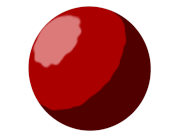 |
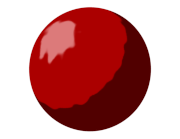 |
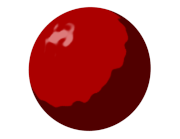 |
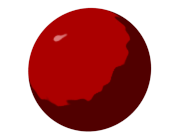 |
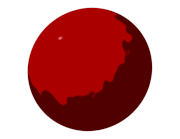 |
|---|---|---|---|---|---|
| Amount: 0.0 (Using a noise map) |
Amount: 0.2 | Amount: 0.4 | Amount: 0.6 | Amount: 0.8 | Amount: 1.0 |
Output Offset¶
Define the value to be used as the origin for the map output.
Basic Material¶
Define the basic material underlying the Pencil+ 4 material in this section.

Material¶
Set the basic material. Click the map button to specify a shader you wish to use.
Pencil+ 4 Material has a layered structure similar to Maya's [Layered Shader]. This makes it possible to blend the flat shading of Pencil+ 4 Materials with standard shading.
Line Related Functions¶
Section related to Pencil+ 4 Lines.

Line Functions¶
Functionality related to Pencil+ 4 Lines can be applied on a material basis.
Click the button to create a new PencilLineFunctions node.
User Defined¶
User defined data can be stored here. Use this to manage data. These settings have no effect on rendering.

User Defined¶
Set your user defined data here.
Label¶
Set the label color.
Comment¶
You can input text here.